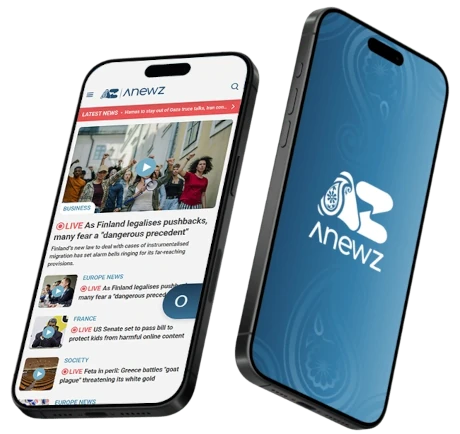Zohran Mamdani sworn in as New York City mayor, pledges liberal agenda
Democrat Zohran Mamdani officially took office as New York City’s mayor on Thursday, beginning his term with a public swearing-in ceremony on the st...
February 23, 2025 – The New York Times has reportedly approved the use of artificial intelligence tools for editing, summarizing, coding, and writing in its newsroom.
According to Semafor, the publication announced in an internal email that both product and editorial staff will receive AI training. Additionally, the company introduced a new internal AI tool called Echo, designed for summarizing articles, briefings, and other company activity.
AI in editorial work
Staff were provided with new editorial guidelines outlining the permitted uses of Echo and other AI tools. These guidelines encourage newsroom employees to use AI for suggesting edits and revisions, generating summaries, crafting promotional copy for social media, and optimizing headlines for search engines.
Examples provided in a mandatory training video include:
Developing news quizzes, quote cards, and FAQs
Suggesting interview questions for reporters
Assisting with coding and product development
However, The Times has imposed restrictions on AI use. Editorial staff are prohibited from using AI to draft or significantly modify an article, circumvent paywalls, input third-party copyrighted materials, or publish AI-generated images or videos without explicit labeling.
Human oversight remains key
It remains unclear how much AI-edited content will be allowed in published articles. The publication reaffirmed its commitment to human oversight, stating that “Times journalism will always be reported, written, and edited by our expert journalists.” This principle was outlined in a 2024 memo and reiterated in The Times’ generative AI principles, adopted in May 2024.
“Generative A.I. can sometimes help with parts of our process, but the work should always be managed by and accountable to journalists,” the principles state. “Any use of generative A.I. in the newsroom must begin with factual information vetted by our journalists and must be reviewed by editors.”
Approved AI tools
Alongside Echo, The Times has reportedly approved the use of several AI tools, including:
GitHub Copilot for programming assistance
Google Vertex AI for product development
NotebookLM
NYT’s ChatExplorer
OpenAI’s non-ChatGPT API
Select Amazon AI products
These tools and training initiatives are being rolled out as The Times remains engaged in a legal battle with OpenAI and Microsoft, accusing them of using Times content without permission to train ChatGPT. Other publications have also begun incorporating AI into their workflows, ranging from minor grammar and spelling checks to generating full articles.
As AI continues to reshape journalism, The Times' approach highlights a balance between technological innovation and editorial integrity.
Dozens of people are feared dead and around 100 others injured after an explosion tore through a crowded bar during New Year’s Eve celebrations at the Swiss ski resort of Crans-Montana, authorities said.
The Russian radio station known as 'Doomsday Radio' (or UVB-76) unexpectedly began playing ‘Swan Lake’, music from a ballet composition. The last time this was done was during the deaths of Soviet-era leaders and the 1991 coup.
Protests in Iran over soaring prices and a plunging rial have spread to universities in Tehran, as students join shopkeepers and bazaar merchants in demanding government action. With inflation above 42% and the rial at record lows, unrest continues to grow across the country.
As Russia’s war in Ukraine enters its fourth year, rising casualties, economic struggles, and mounting unrest expose cracks in society. Despite Kremlin propaganda, frustration is growing as more Russians question the government’s narrative, according to The Washington Post.
Chelsea Football Club have parted ways with manager Enzo Maresca, after the London side have won just one of their last seven English Premier League games.
Poland has asked the European Commission to investigate TikTok after artificial intelligence-generated content calling for the country to leave the European Union appeared on the platform, which Warsaw says was likely Russian disinformation.
Tianhui-7 satellite to be used for geographic mapping, land resource surveys, and scientific research.
Iran successfully launched three satellites on Sunday using a Russian Soyuz rocket from Russia’s Far East, marking the latest stage in growing Iran-Russia space cooperation.
China’s core artificial intelligence (AI) industry is projected to surpass 1.2 trillion yuan in 2025 (about $170 billion), up from more than 900 billion yuan in 2024, according to a new industry assessment.
Time Magazine has chosen the creators behind artificial intelligence as its 2025 Person of the Year, highlighting the technology’s sweeping impact on global business, politics and daily life.
You can download the AnewZ application from Play Store and the App Store.

What is your opinion on this topic?
Leave the first comment